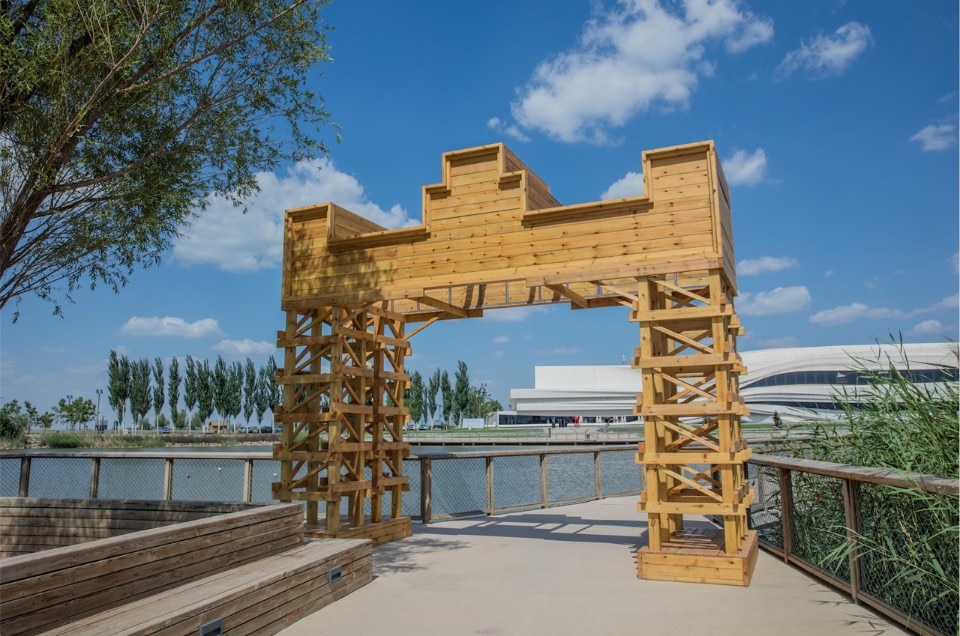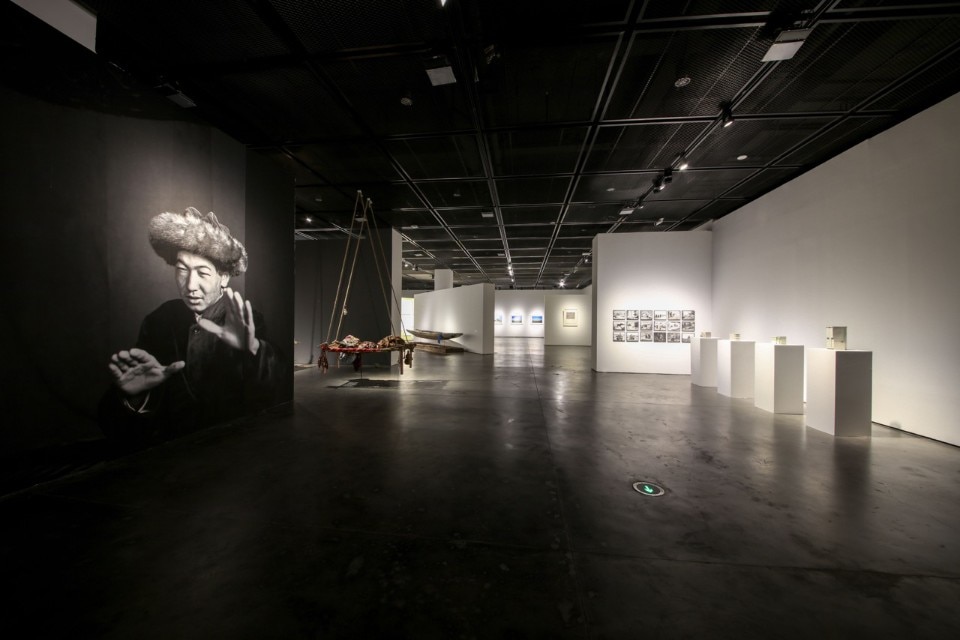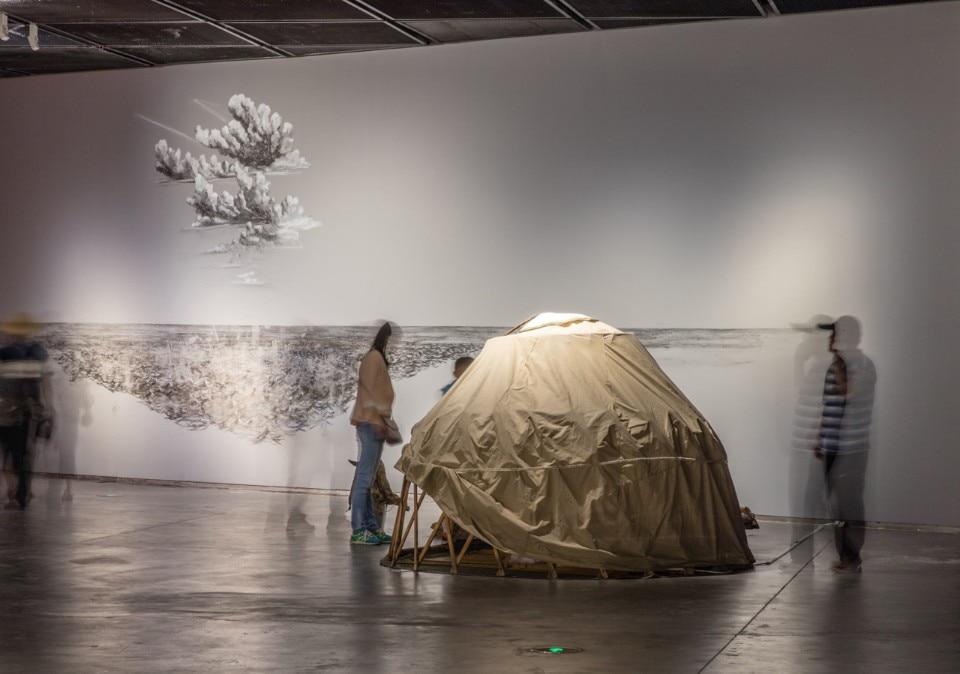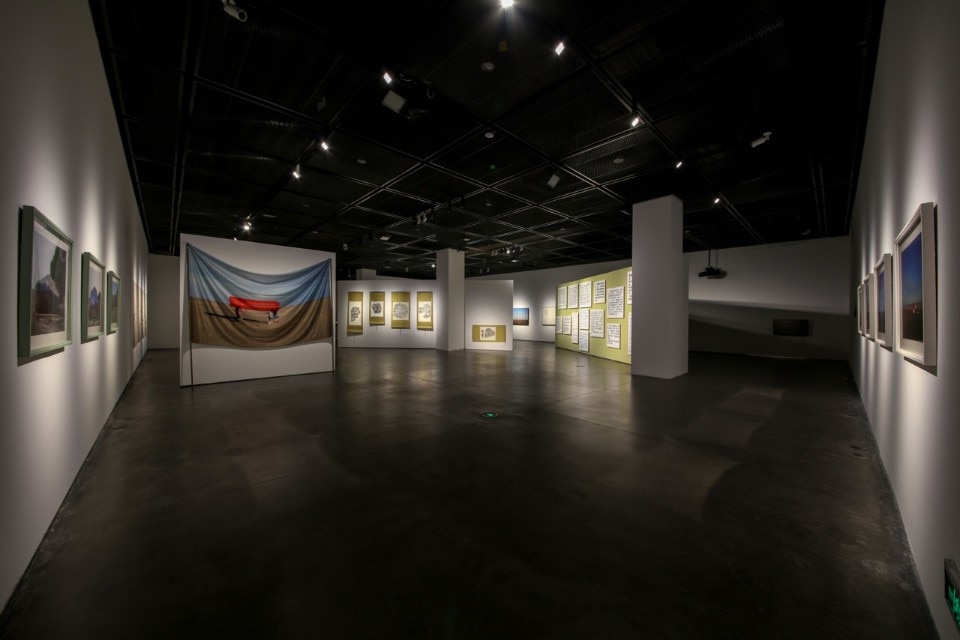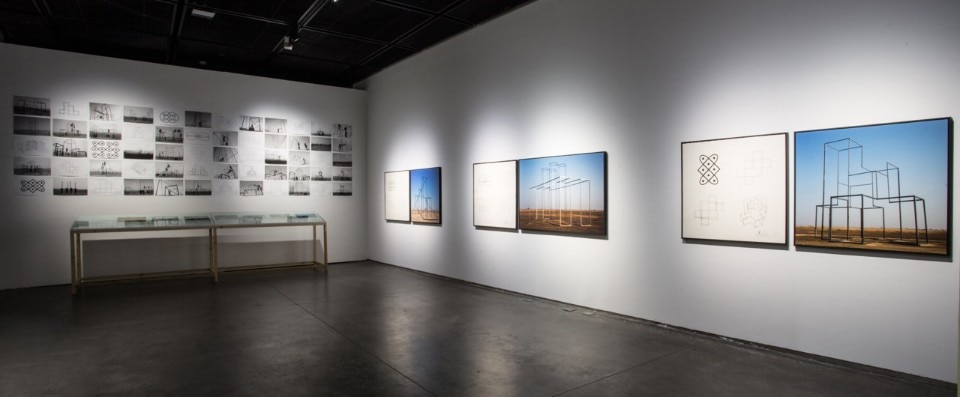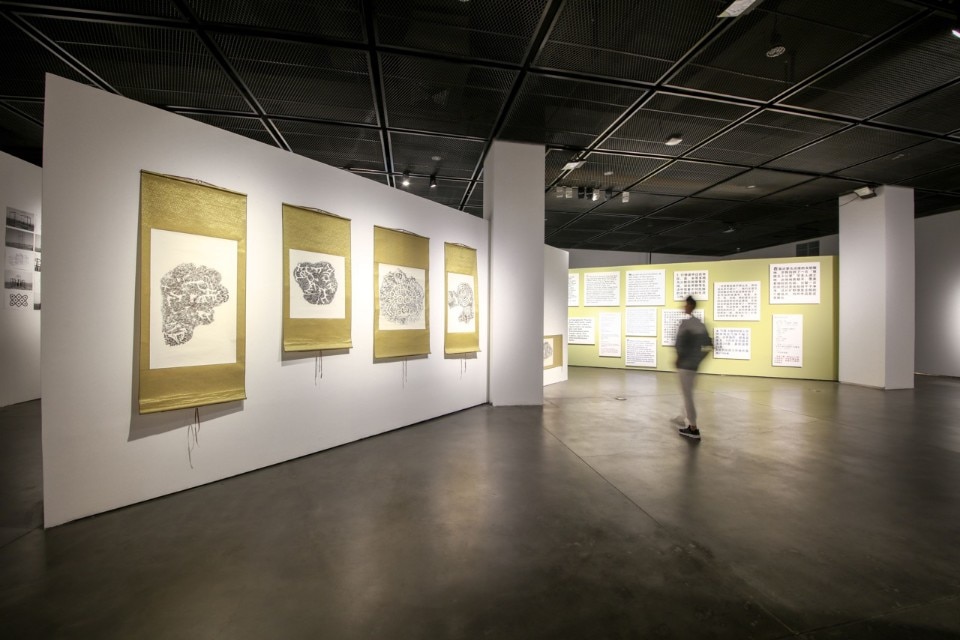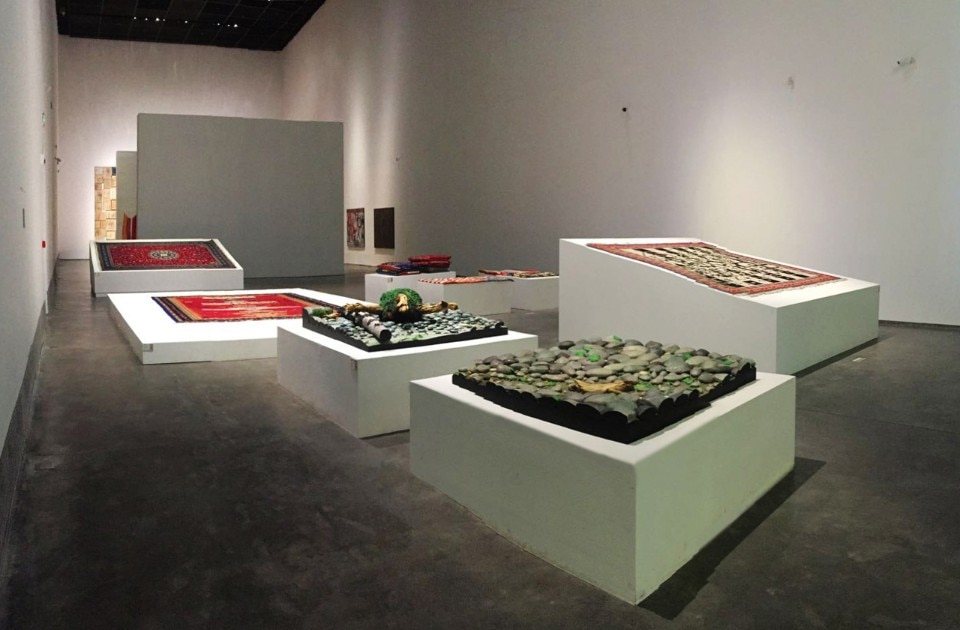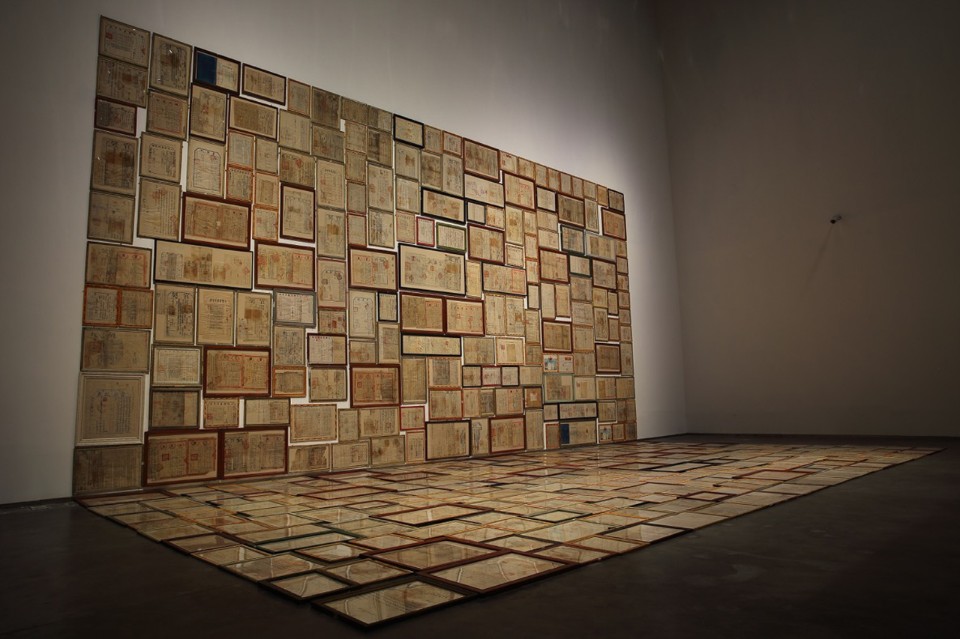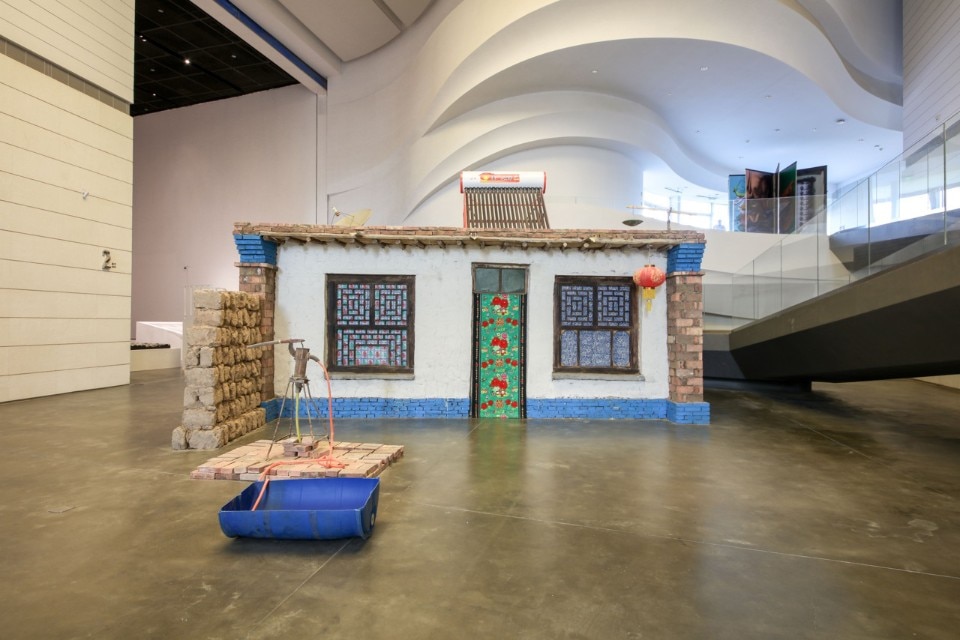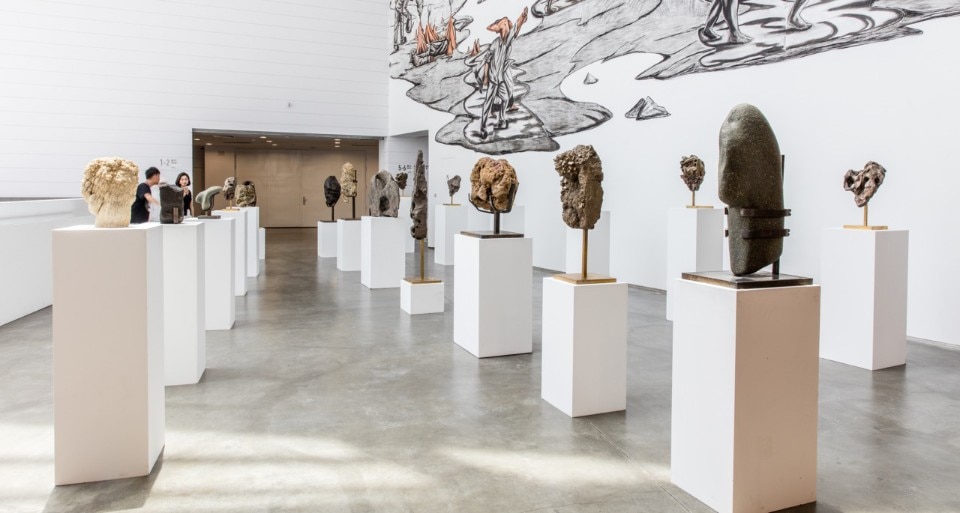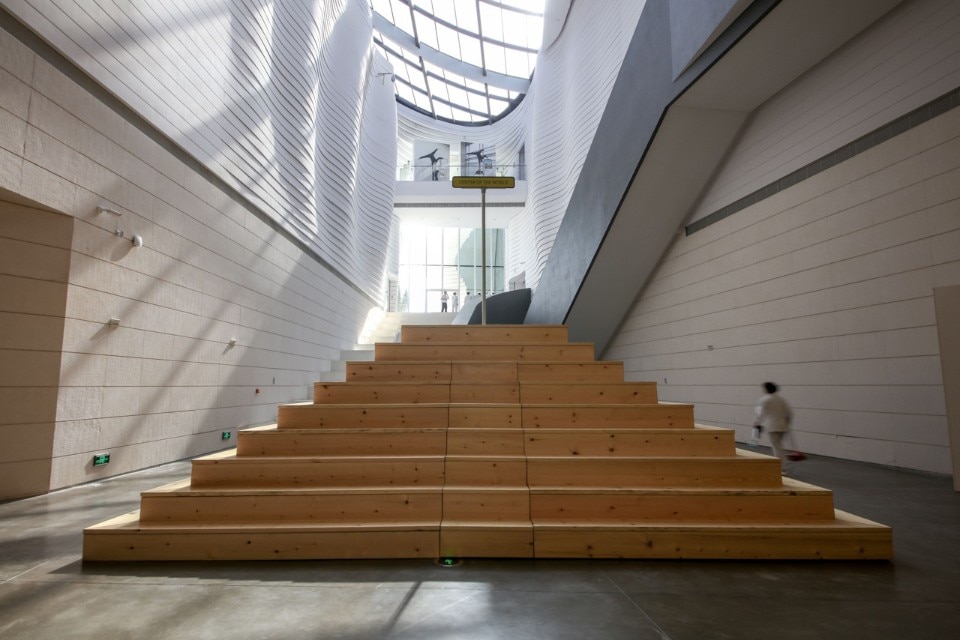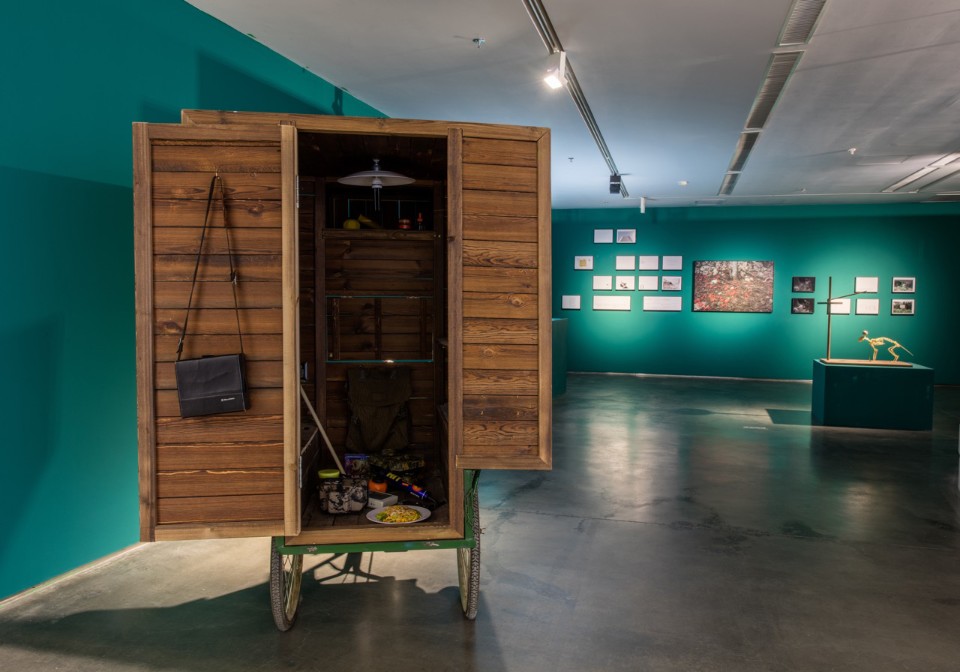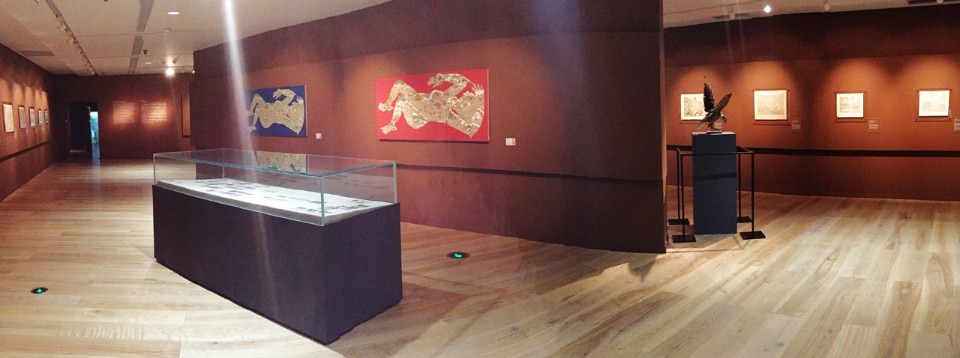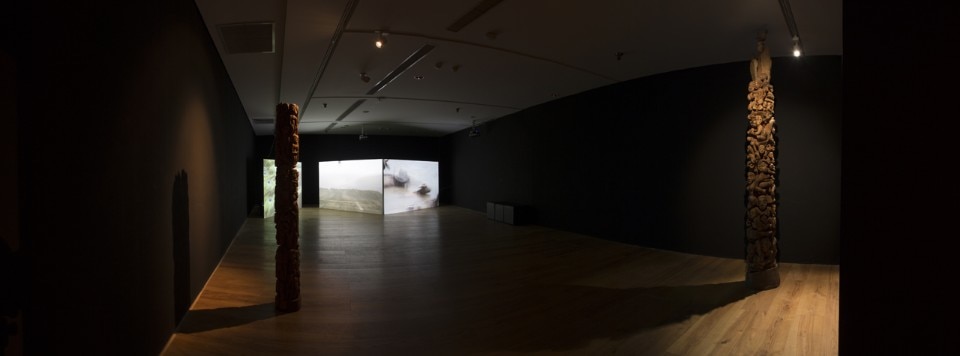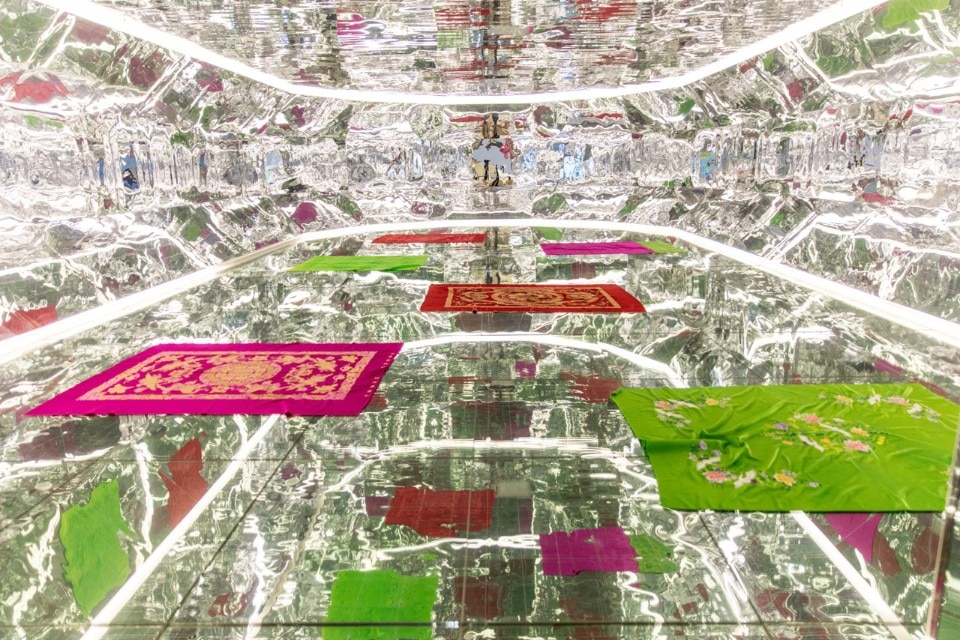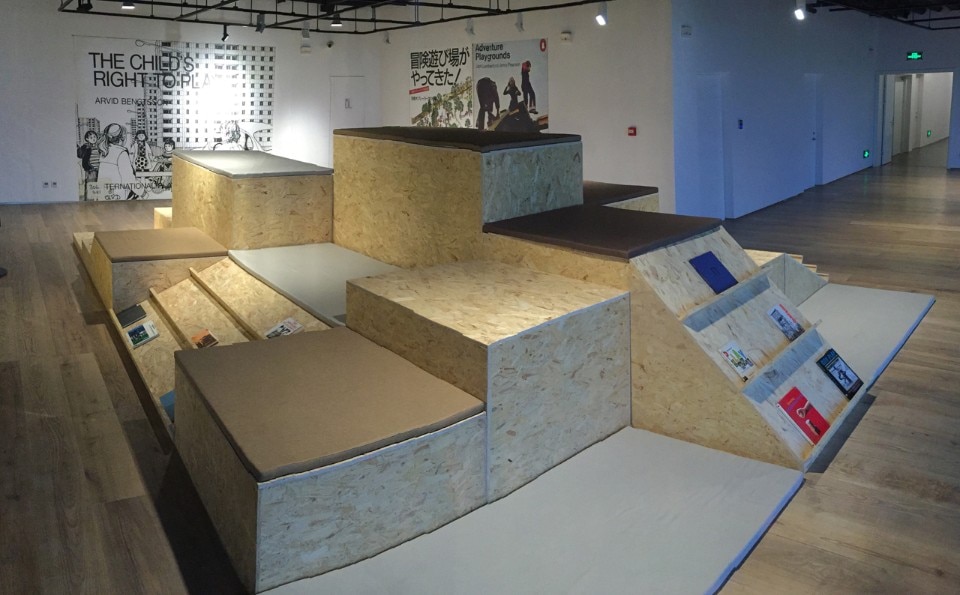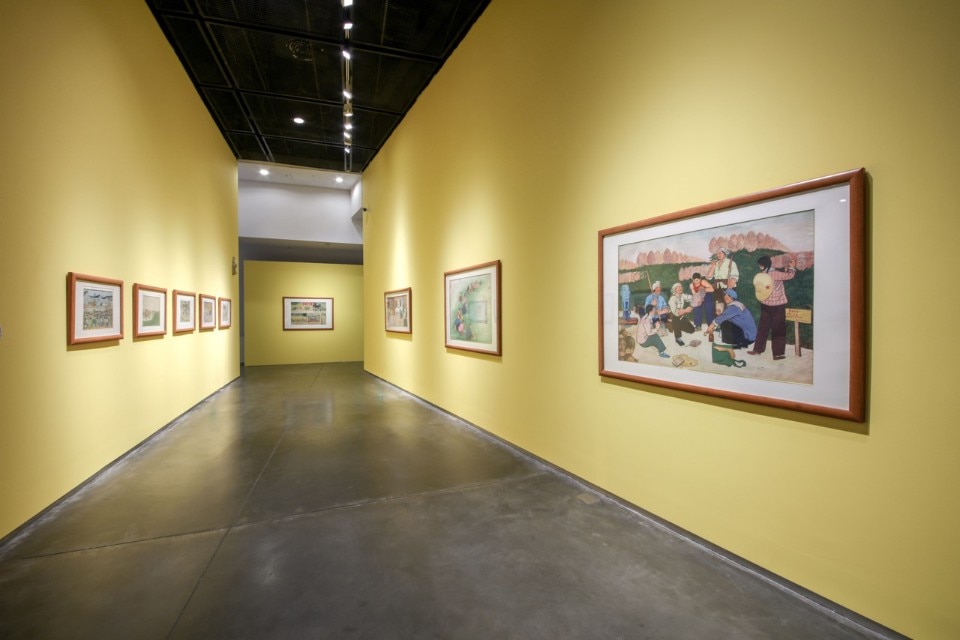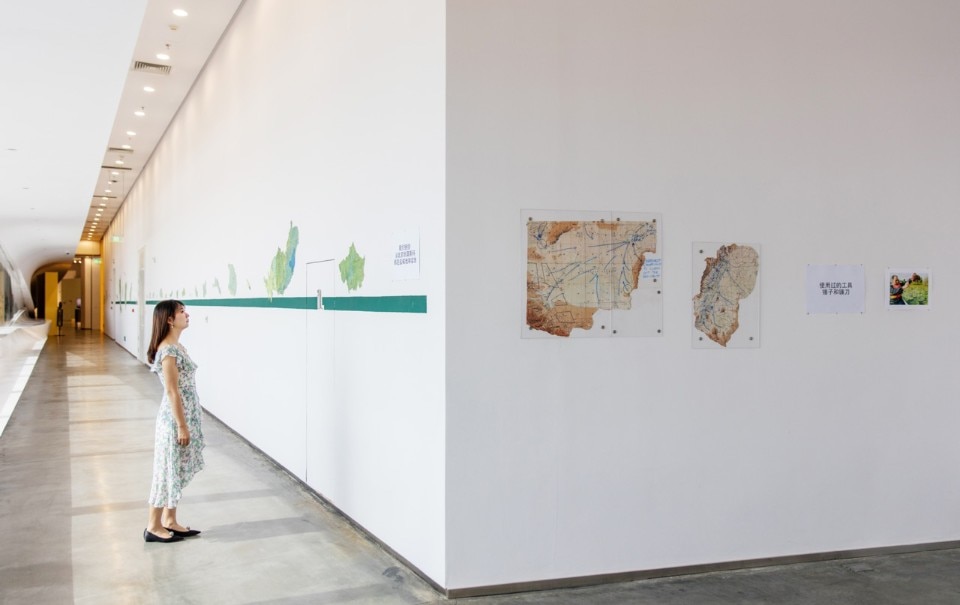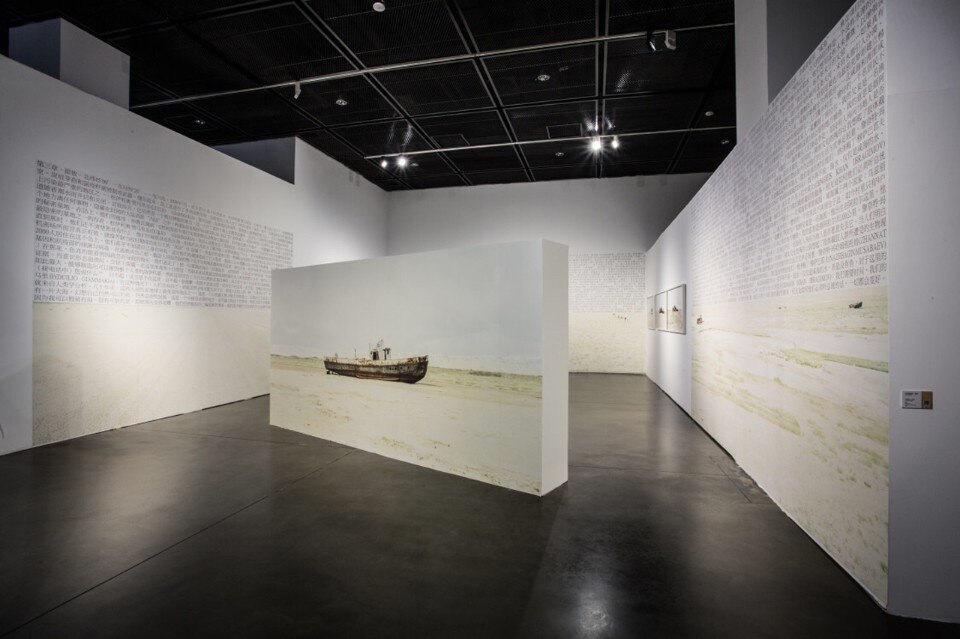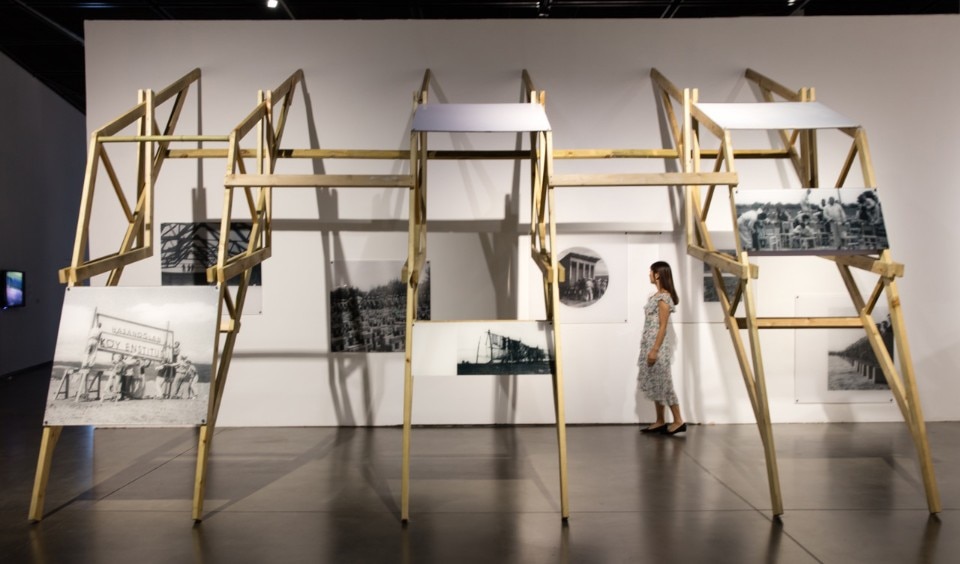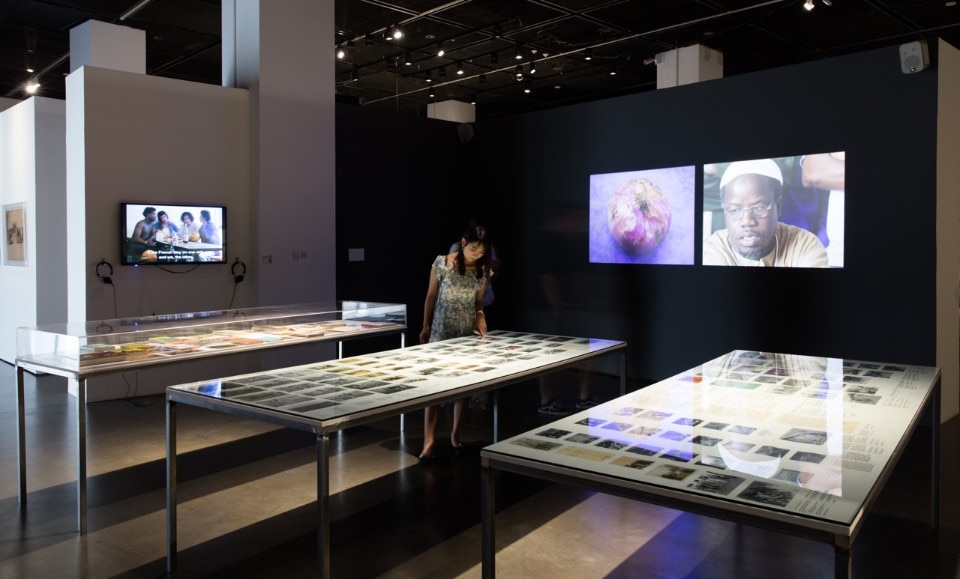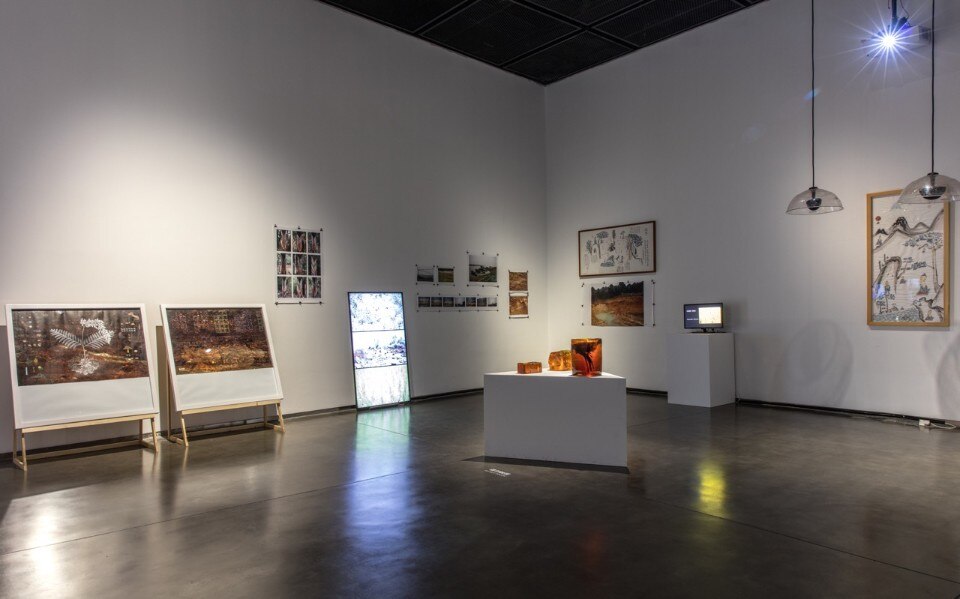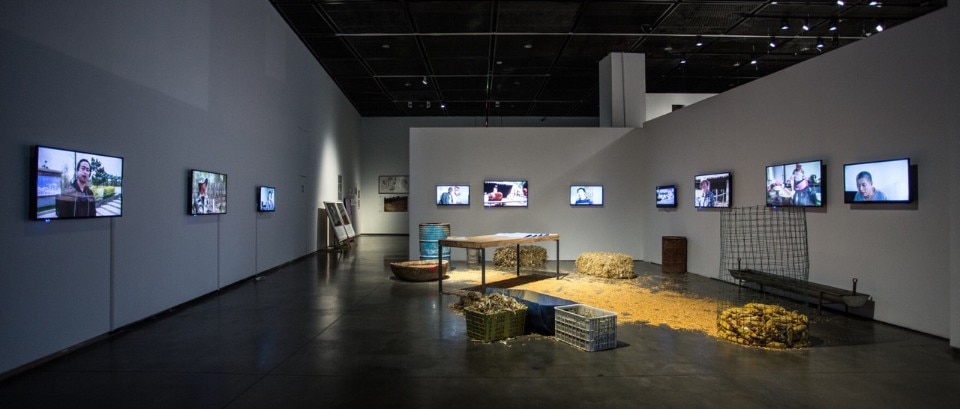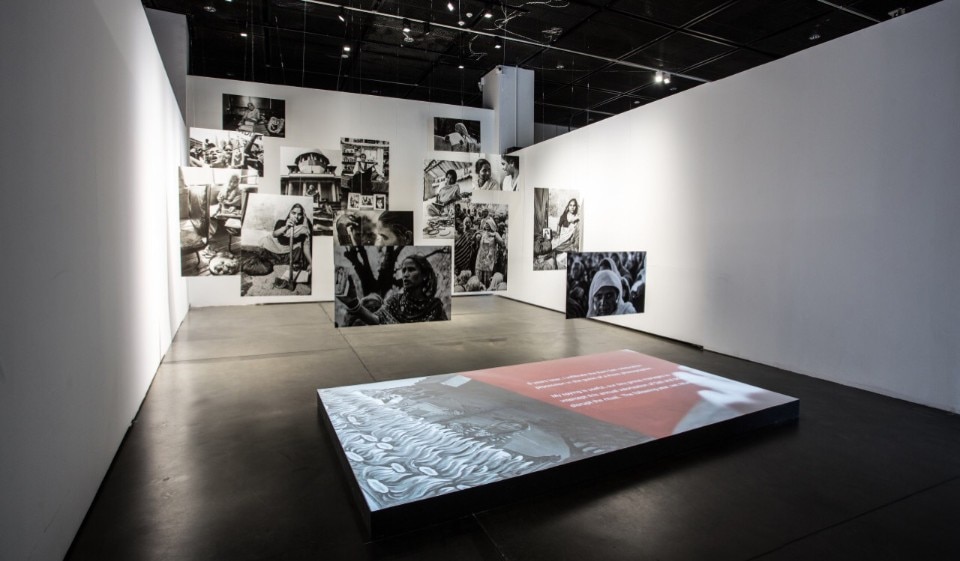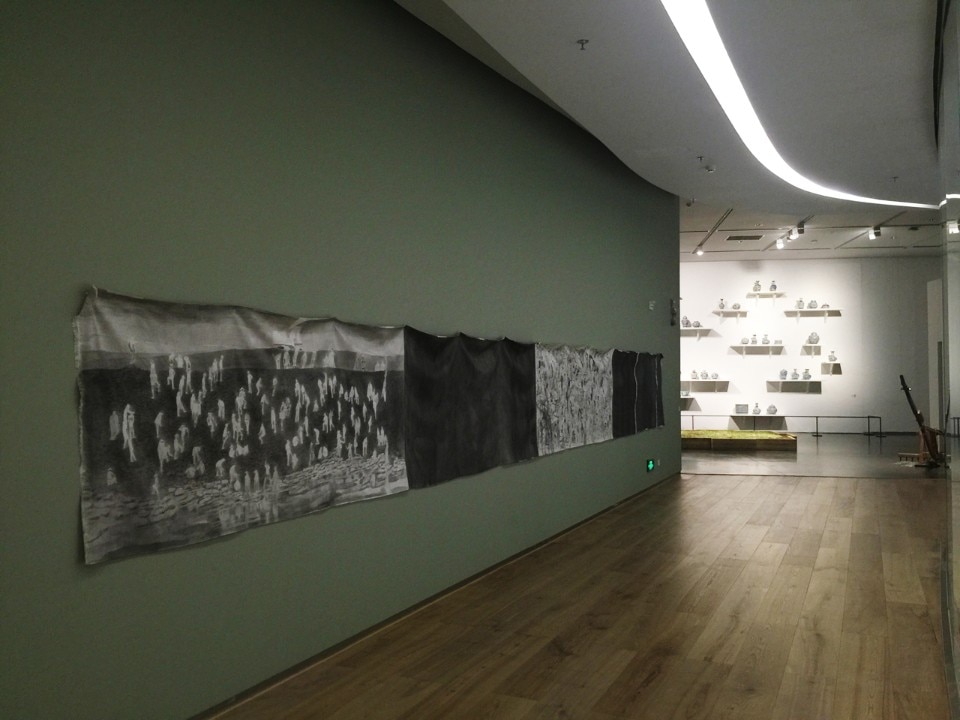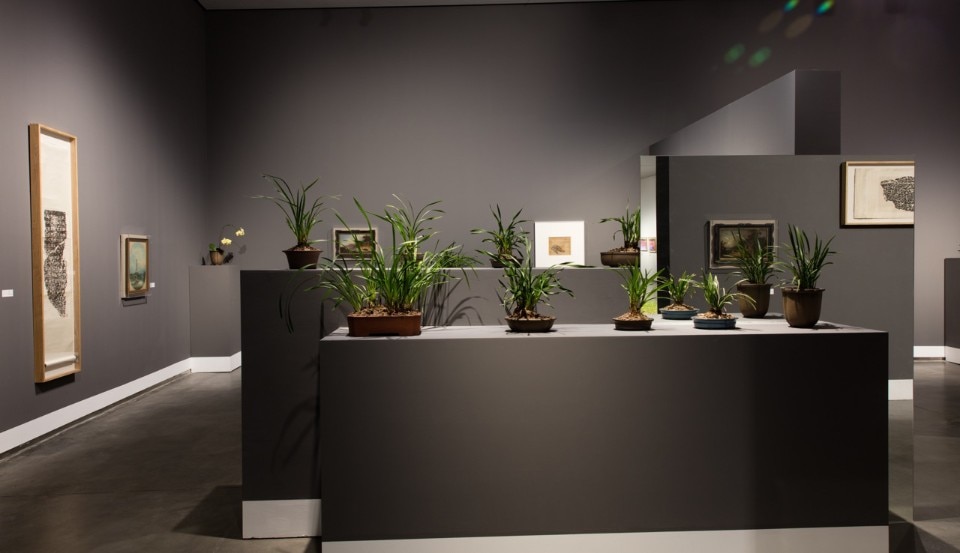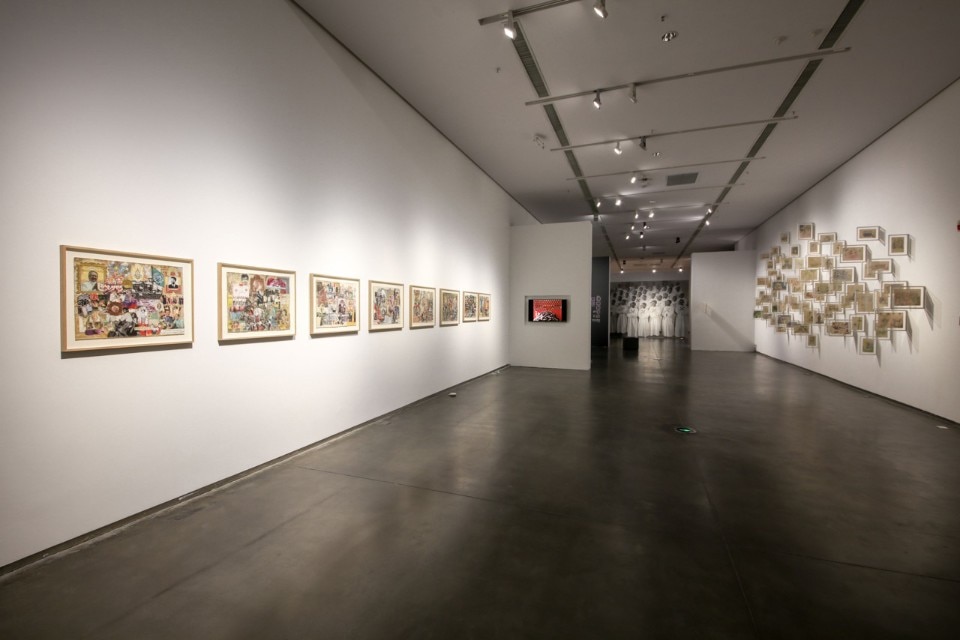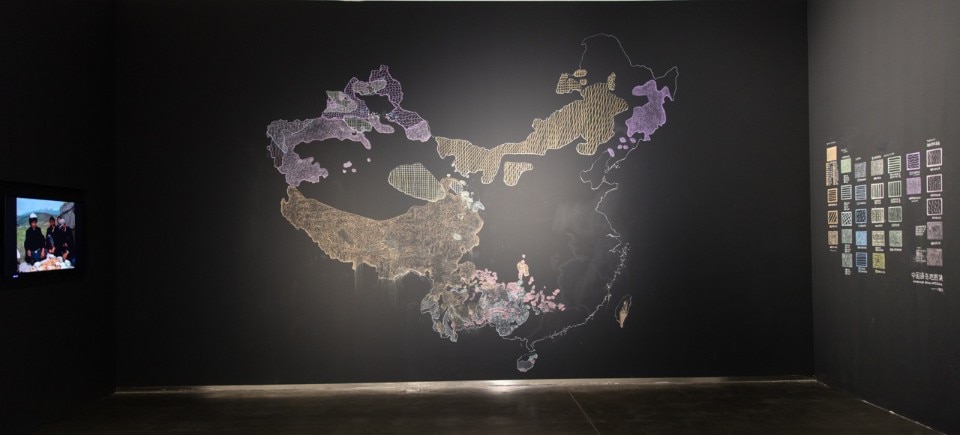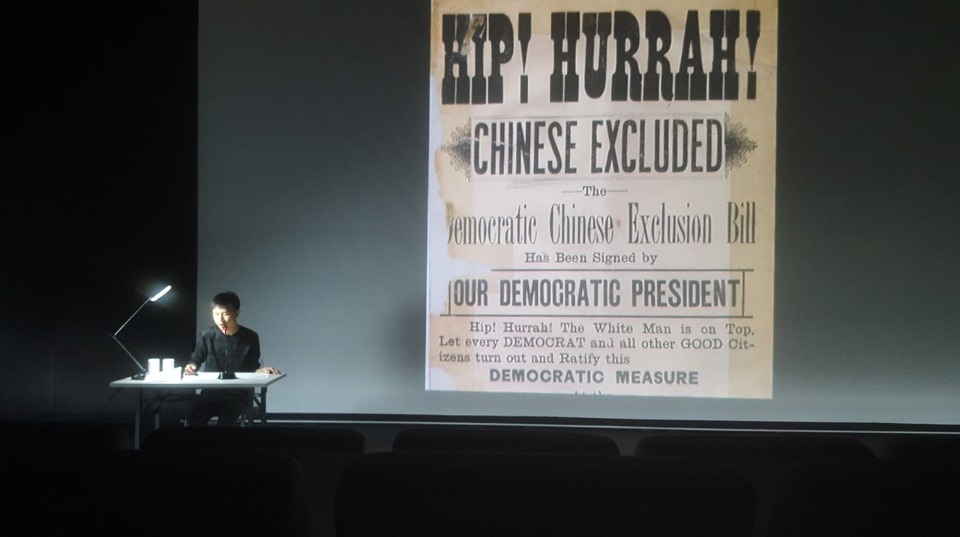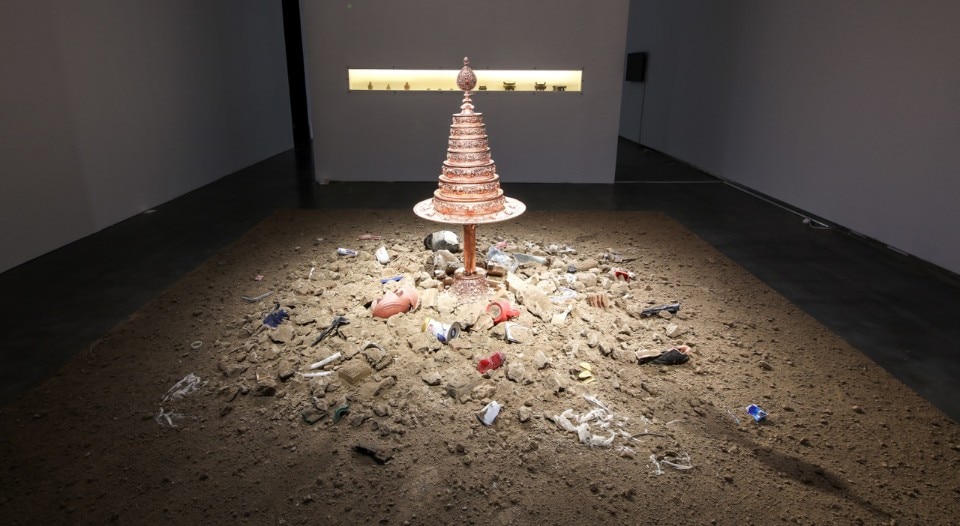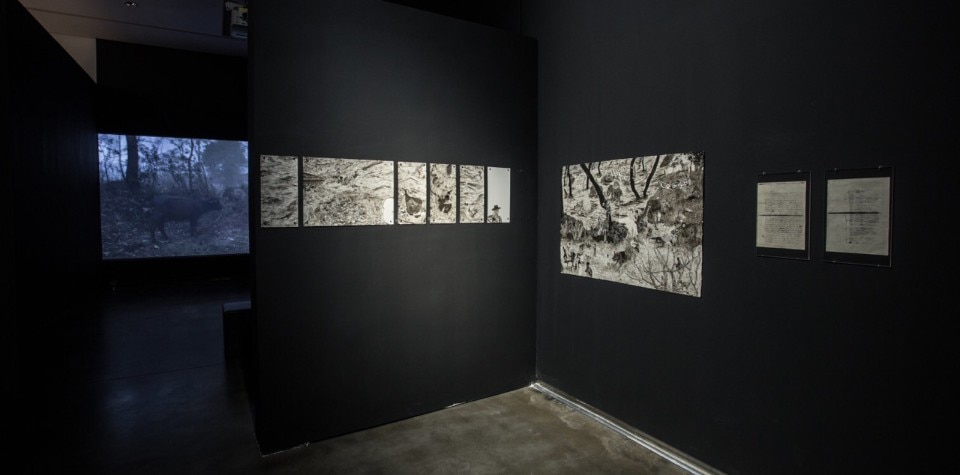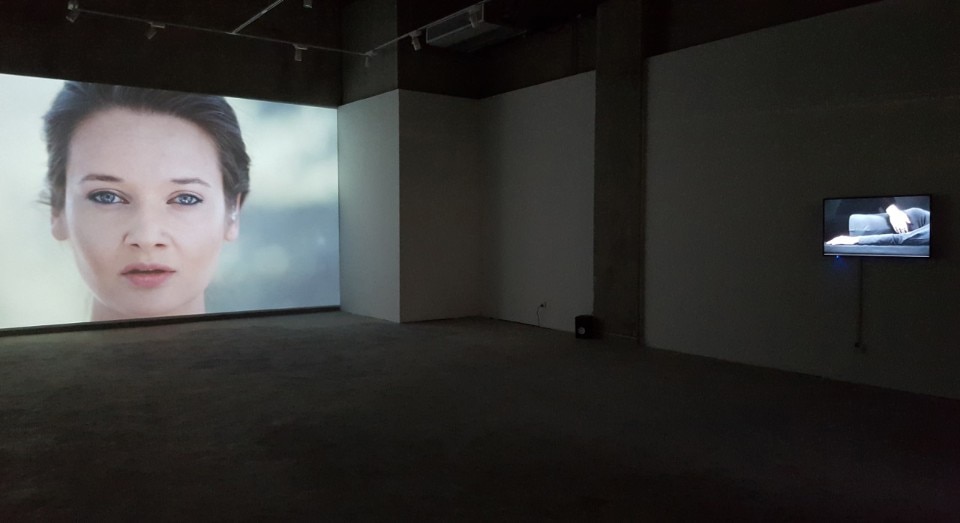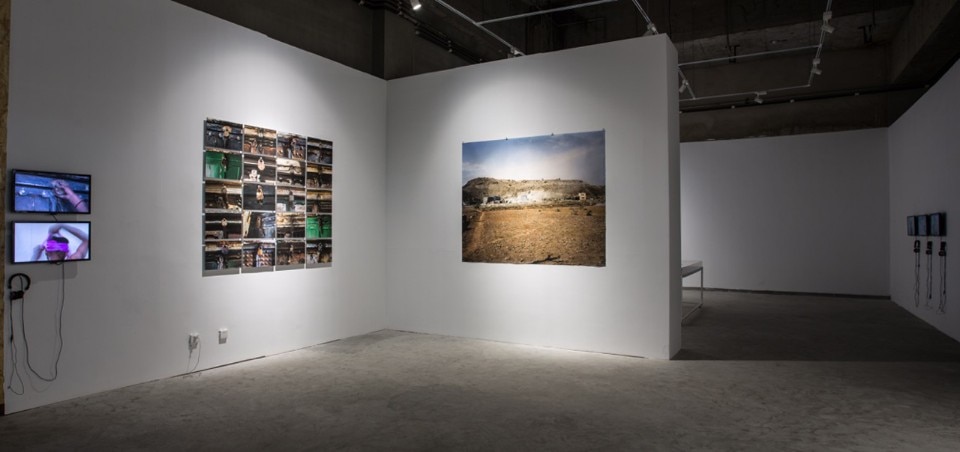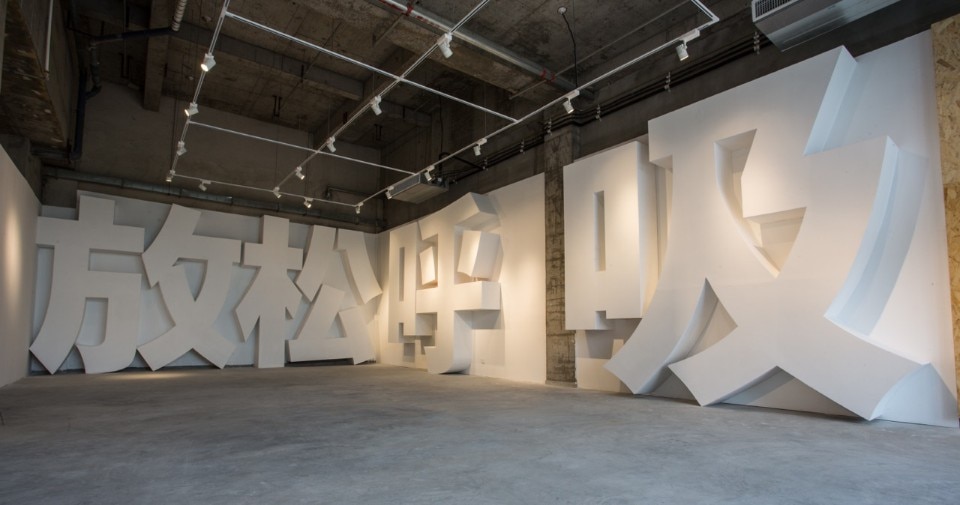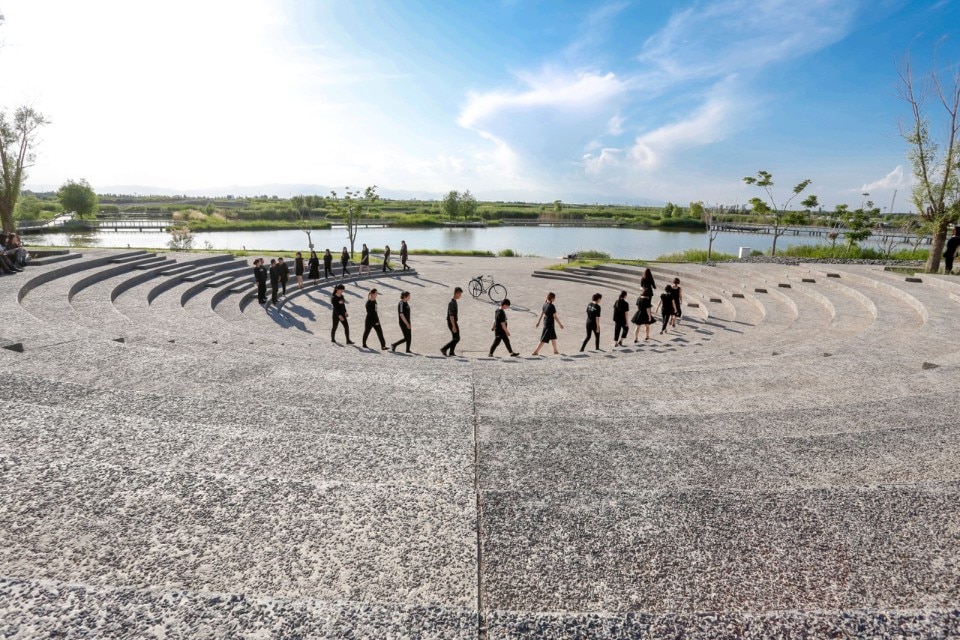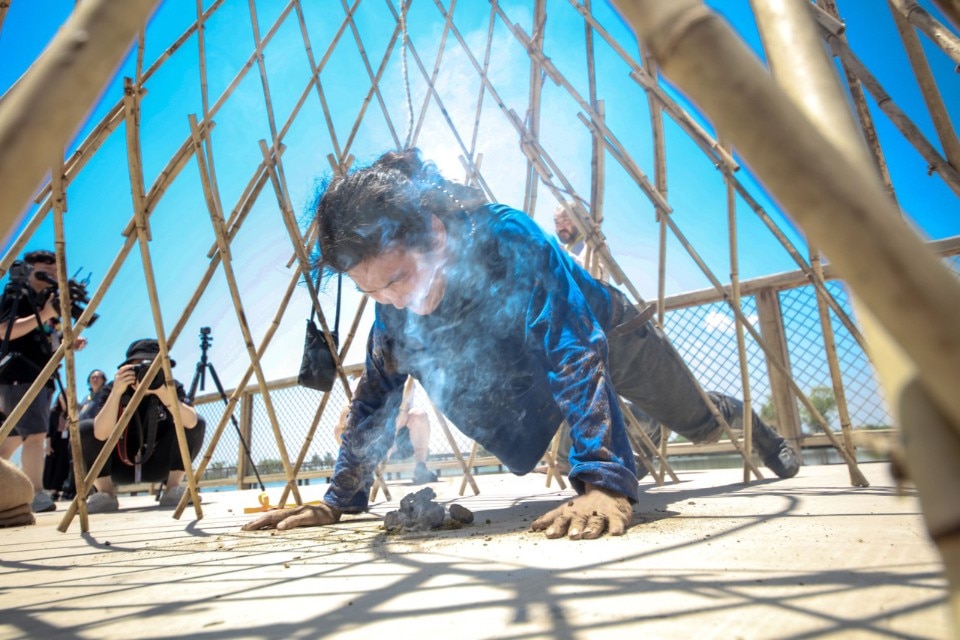What does it mean to talk about ecology in the modern world? In the theoretical framework underlying the Yinchuan Biennale, ecological thought ought to be much more comprehensive than the slightly overblown images we’re used to seeing. For curator Marco Scotini and his team, the concept is much more complex – it includes the depletion of natural resources as well as simply the usual environmental issues of climate change. Attempting to restore the image of contemporary ecology instead means taking account of social and cultural biodiversity, another form of wealth that should be preserved, as Scotini says: “Just as I’m concerned about the extinction of a plant species, the disappearance of an ethnic group also ought to worry me.” Each place is made up of a multifaceted ecosystem. Languages and ways of knowing – alongside plants and animals (not without reason does this Biennale include ornithology) – fall within this. In the same way, we should take time’s passage into account, though with the awareness – as Foucault taught us – that our interpretation of the past is not unaffected by the convictions of the present.
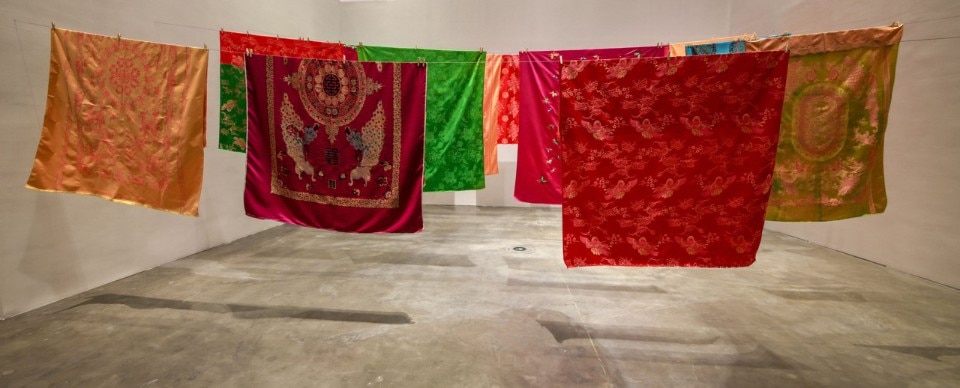
 View gallery
View gallery
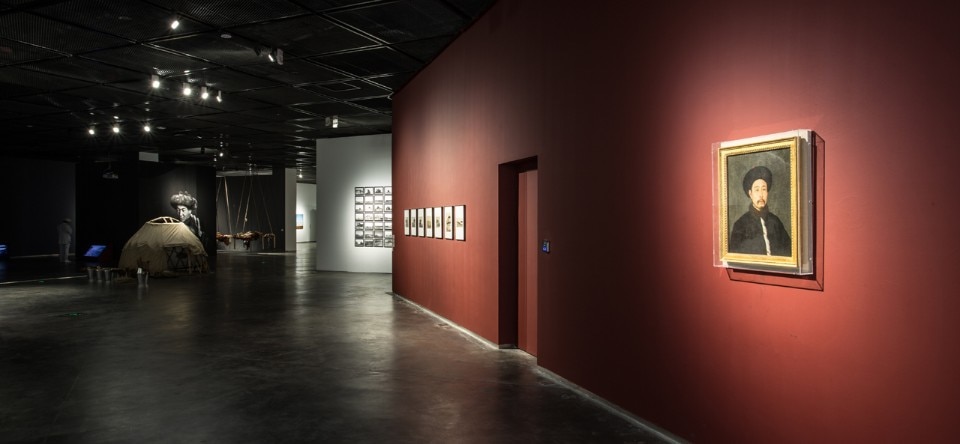
Yinchuan is the administrative centre of the Ningxia region in north-east China. It is set on the Silk Road in a (highly diverse) border zone below the Gobi Desert where different minorities live side by side and farming and nomadism overlap. The prelude to the exhibition sets out the cultural matrix of the non-universalist gaze that underpins it. Its perspective – anthropological relativism – reveals the origin of this viewpoint (in this case Western), giving a prior indication of the interpretation adopted.
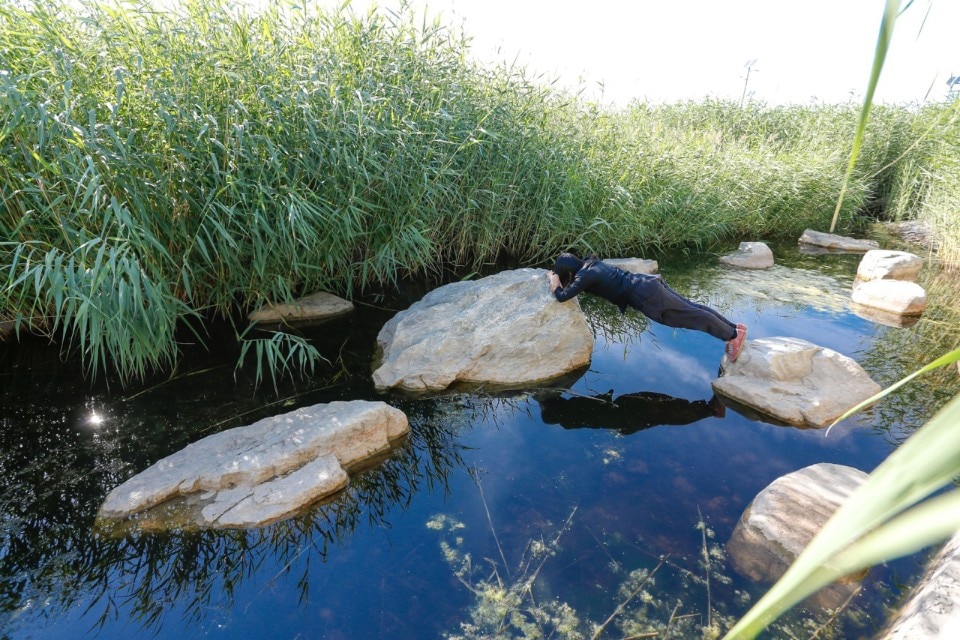
The Silk Road has been trodden by artists for many years, as the works on show in what we might call a “foreword” to the Biennale demonstrate. There is a painting by Giuseppe Castiglione (1688-1766), a Jesuit missionary who became court artist to three Chinese emperors, but also images by Felice Beato (1832-1909), a photographer who accompanied the British military into China in 1860. A film by Yervant Gianikian and Angela Ricci Lucchi is put together from original clips showing the first tourist trips into Asia, made by the European upper classes, who helped to establish the “otherness” of these places. The curators primarily follow this route in their choice of works and artist, but on the interpretative level, there is an inevitable reference to the New Silk Road (China’s Belt and Road Initiative) and to Chinese economic policies of the present day.
Once we have entered the imagery of travel, movement and the meeting of cultures and cultivation methods, we can tackle nomadism, as Enkhbold Togmidshiirev has done in a series of small moveable tents (yurts). These travel with their owners and can be adapted to the people living in them. In contrast, the settled life introduced by agriculture is the focus of the house reconstructed by Marjetica Potrc in Yinchuan: Rural House, a work that continues a series of studies by the artist on rural dwellings and, in this case, highlights the sustainability of the local system of water sourcing. On a similar theme, the gazebo built by Li Juchuan offers visitors a bird’s eye view of the neighbouring area of Xihaigu, which is experiencing severe water shortages.
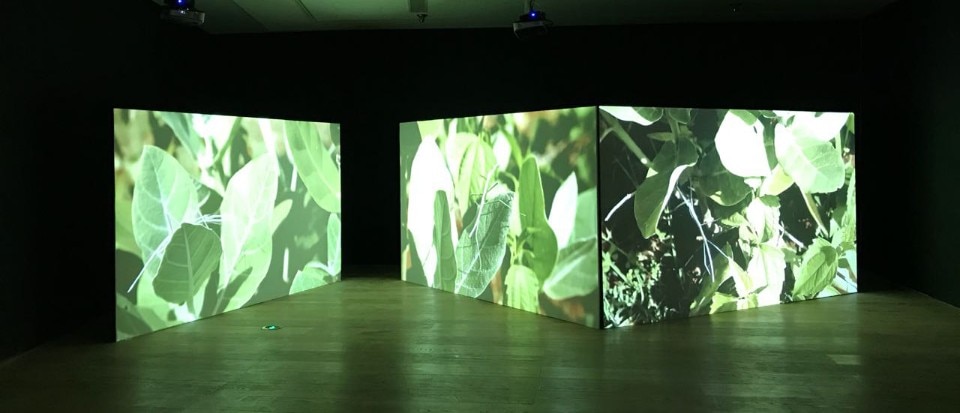
Midway between the natural world and architecture is About Non-Conscious Architecture (1972-1973), by the Italian Gianni Pettena. A selection of his works on the rocky desert is on show here, illuminating the unconscious possibilities of space and the origins of architecture. One theme that must come up in a layered discourse like this in relation to settled life and complex systems is the gentrification of urban centres. The Iranian artist Nazgol Ansarinia exhibits a series, Fabrications (2013), on Tehrani residential buildings. Since 2004, large murals showing places with a rural feel have appeared on these blocks; the artist has reconstructed these in three-dimensional architectural models. By enlarging the mesh of this web connecting the dwelling (mobile or fixed) to the urban centre, we reach the network of cities interlinked by the great arteries of communication, such as the Silk Road (ancient and modern), which have contributed to defining Eurasia, the theme tackled by Kyong Park in the work Imaging New Eurasia (2015-2018).
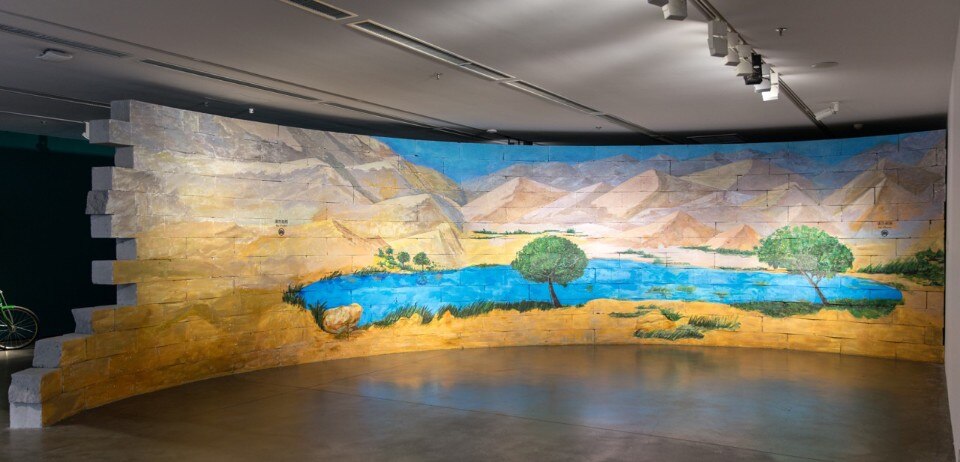
In its other sections, this Biennale probes themes such as the natural world and humanity, concepts inextricable when seen through the lens of production and resource relationships. Then there is the link between minorities and multiplicity, which leads on to reflections about the idea of community. We finally come to the transmission of knowledge through language (oral or written). Dealing with this theme is the space-structure of Nils Norman, which offers a themed library as well as space for a game, and the library-sculpture of Massimo Bartolini, which houses technical Chinese waste manuals.
- Title:
- Starting from the Desert – Ecologies on the Edge
- Opening dates:
- 9 giugno – 19 settembre 2018
- Venue:
- MOCA Yinchuan, China
- Event:
- 2nd Yinchuan Biennale 2018
- Curator:
- Marco Scotini
- Curatorial team:
- Andris Brinkmanis, Paolo Caffoni, Zasha Colah, Lu Xinghua


